The data in the last couple of weeks has not been great regarding the fight against inflation. In the U.S., the PCE (Personal Consumption Expenditures) index rose slightly from March to April and services inflation jumped substantially as month over month. It’s looking very likely the Fed is going to have to continue raising this summer, with an expected 0.25% increase by the end of July.
In Canada, the latest numbers are also making it look likely that the Bank of Canada (BoC) will need to increase Prime by at least another 0.25% in the next few months to continue pushing inflation in the right direction. This might happen at the upcoming June 7th meeting, or possibly a little later at the July 12th meeting.
The problems are three-fold (from the perspective of fighting inflation):
- Wages continue to increase (putting more money into the economy which drives up prices)
- Unemployment continues at record lows (putting more money into the economy which drives up prices)
- The housing market is heating up again across the country (which signals that people continue to have extra money to spend on bidding up prices)
The data from the last few months was all heading in the right direction and optimistic forecasters saw a path to the fabled ‘soft landing’ – where inflation continued to ease slowly and gently without the economy going into a recession.
However, the summer weather seems to have brought with it an unexpected surge in exhuberant spending from Canadians, who seem keen to use their higher wages to get out and enjoy life again even if it costs more to do so. The BoC announcing a pause in rate increases a few months ago may have put everyone a little too at ease.
In the big picture, the BoC is winning the fight against inflation and we can see that in the national GDP figures. We are trending towards a contraction and very likely a shallow recession towards the end of 2023 or early 2024. But from the BoC’s perspective and for it’s goal of bringing inflation back down to 2%, it seems like the Canadian consumer needs a reminder to spend less and save more. And the BoC is going to have to send that reminder soon in the form of a Prime rate hike.
How will this impact me?
If Bank of Canada increases Prime by 0.25%, it means that the interest rate on variable rate loans will go up. This means that if you have a variable or adjustable rate mortgage or line of credit, your interest costs will increase making your debt more expensive. For mortgages that are adjustable rate (meaning the payments change whenever Prime does), your payments would increase by about $15 per $100,000 of mortgage balance (assuming a 25 year amortization).
It’s always a good idea to stay informed about any changes to the Prime Rate to understand how it may affect your payments.
Have questions?
We are always happy to discuss your financing needs!
Please book an appointment today with one of our broker team to discuss your plans and we’ll make sure you have all the information you need to make the best financial decision and get the best mortgage to reach your goals.
You can find our best mortgage rates here.




